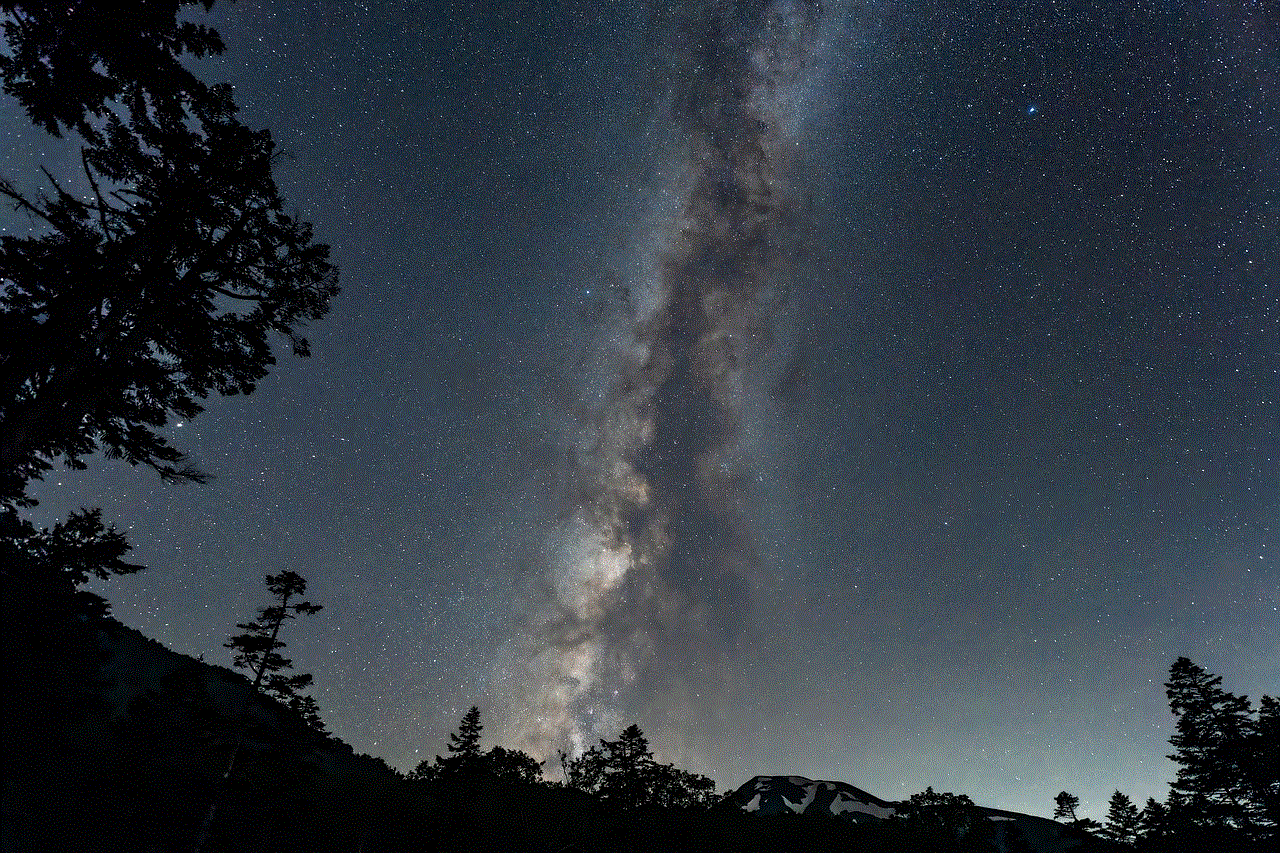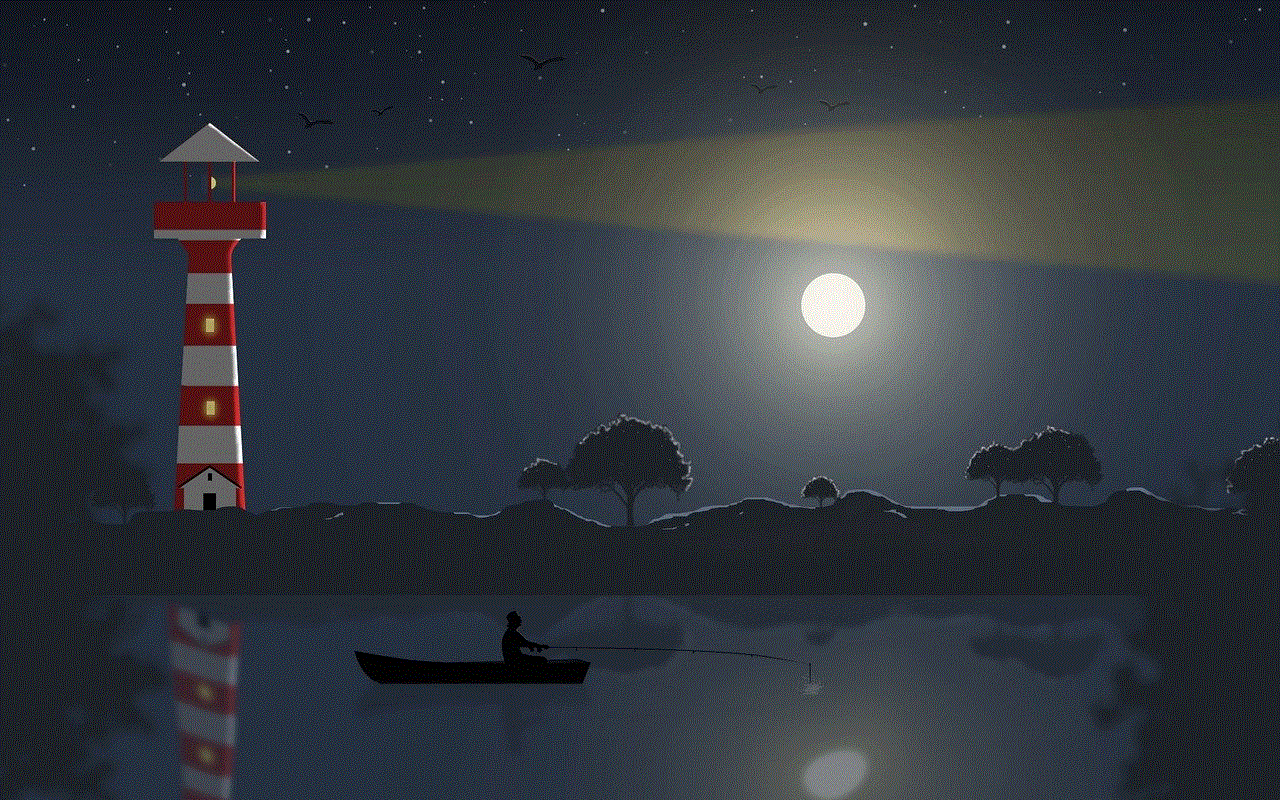btw urban dictionary
Urban Dictionary is a popular online platform that has become the go-to source for defining modern slang and colloquial terms. It was founded in 1999 by Aaron Peckham, a college student at the time, as a way to document and define the ever-evolving language used by young people. Since then, it has become a cultural phenomenon, with over 8 million definitions and 50 million monthly visitors.
The concept of Urban Dictionary is simple: it allows users to submit their own definitions for words and phrases, which are then voted on and ranked by other users. This crowdsourced approach has made Urban Dictionary a unique and constantly updated repository of the current language used by young people.
But what makes Urban Dictionary so popular, and why do people turn to it for definitions rather than traditional dictionaries? One of the main reasons is its informal and humorous tone. Unlike traditional dictionaries, which tend to be dry and formal, Urban Dictionary is full of slang, memes, and absurd definitions. It reflects the way young people communicate with each other, often using humor and irony. This makes it more relatable and entertaining for its audience, which largely consists of teenagers and young adults.
Moreover, Urban Dictionary is not just a dictionary; it also serves as a cultural archive. It captures the language and trends of a specific time and place, making it a valuable resource for future generations to understand the culture and context of a particular era. For example, a definition for “bae” (before anyone else) may seem irrelevant in a few years, but it provides a snapshot of the language used in relationships during the early 2000s.
Another reason for Urban Dictionary’s popularity is its user-generated content. Anyone can submit a definition, and there are no strict guidelines or restrictions on what can be defined. This freedom allows for a diverse range of definitions, from the absurd to the insightful. It also means that the definitions are not always accurate or politically correct, leading to some controversy and criticism.
There have been instances where Urban Dictionary has been accused of promoting offensive and derogatory language, especially towards marginalized communities. However, the site has a “report” feature that allows users to flag inappropriate definitions, and the moderators are quick to remove offensive content. Nevertheless, it raises questions about the responsibility of platforms like Urban Dictionary in regulating user-generated content.
One of the most fascinating aspects of Urban Dictionary is its ability to capture and popularize new words and phrases. As language is constantly evolving, so is Urban Dictionary. It is often the first place to document new slang words and phrases, which then spread to mainstream media and pop culture. For example, words like “lit,” “woke,” and “fleek” were first defined on Urban Dictionary before becoming commonly used terms.
But Urban Dictionary’s influence goes beyond just popularizing words. It has also been credited with creating new words and phrases through its “Word of the Day” feature. This feature highlights a lesser-known term or phrase, which then gains popularity and becomes part of the lexicon. For instance, the term “Netflix and chill” was popularized by Urban Dictionary’s Word of the Day in 2009, and it has since become a widely-used phrase.
Moreover, Urban Dictionary has also been a platform for creating and spreading memes. Memes are images, videos, or phrases that are often humorous and spread rapidly on the internet. Urban Dictionary has a section dedicated to defining memes, and some of the most popular memes, such as “Rickrolling” and “Distracted Boyfriend,” were first defined on the site.
Urban Dictionary has also had its fair share of controversies and scandals. One of the most infamous incidents was in 2014 when it was revealed that the site was being used by teenagers to bully their peers. They would submit derogatory definitions of their classmates’ names, often using racist, sexist, and homophobic language. This led to a public outcry, and Urban Dictionary was forced to implement stricter guidelines for submissions.
There have also been instances where people have used Urban Dictionary to troll and manipulate search engines. In 2011, the term “Justin Bieber syphilis” was defined on the site, which caused the search term “Justin Bieber syphilis” to appear on the first page of Google results, even though there was no evidence to support the claim. This tactic has been used multiple times, and it highlights the power and influence of Urban Dictionary in shaping online discourse.
Despite these controversies, Urban Dictionary remains a popular and relevant platform. In recent years, it has expanded its reach beyond just defining words and phrases. It now offers a “Trending” section, which features popular terms and topics in real-time, and a “Shop” section, where users can purchase merchandise featuring popular definitions.
Additionally, Urban Dictionary has also become a platform for activism and social justice. It has created a “Black Lives Matter” section, where users can define terms and phrases related to the movement and educate others on the language used in activism.
In conclusion, Urban Dictionary is more than just a dictionary; it is a cultural archive, a platform for creativity, and a reflection of contemporary language and trends. Its popularity and influence cannot be denied, and it continues to shape the way we communicate and understand language. However, it also raises important questions about the responsibility and impact of user-generated content on the internet. Nevertheless, Urban Dictionary remains a valuable and entertaining resource for anyone looking to understand the ever-evolving language of young people.
how to do anonymous call
Anonymous calls, also known as “restricted” or “private” calls, are calls made without revealing the caller’s identity or phone number. These calls can be made for various reasons, such as privacy, security, or simply for pranks. In today’s digital age, where almost everyone has a smartphone and caller ID, it can be challenging to make an anonymous call. However, with the right techniques and tools, it is still possible to make anonymous calls. In this article, we will discuss the different ways to make anonymous calls and their implications.
1. Use a Disposable Phone
One of the easiest ways to make an anonymous call is by using a disposable phone. A disposable phone is a prepaid device that can be bought without revealing any personal information. These phones can be purchased at convenience stores, supermarkets, or online. They come with a new number and do not require any contract or credit check. This makes them an ideal choice for making anonymous calls. However, keep in mind that disposable phones are not entirely untraceable. Law enforcement agencies can still track them down if necessary.
2. Use a Virtual Phone Number
Another way to make anonymous calls is by using a virtual phone number. These are temporary phone numbers that can be obtained through various apps or online services. They are usually used for international calls or as a second number for privacy purposes. Virtual phone numbers can be bought or rented, and they come with various features like call forwarding, voicemail, and text messaging. The advantage of using a virtual phone number is that you can choose the area code, making it appear as if the call is coming from a specific location.
3. Block Your Caller ID
Most phone carriers allow their customers to block their caller ID by entering a specific code before dialing the number. For example, in the United States, you can dial *67 before the phone number to block your caller ID. This will make your call appear as “private” or “restricted” on the recipient’s phone. However, keep in mind that some people may not answer calls from blocked numbers, so this method may not be suitable for all situations.
4. Use a Calling Card
Another way to make anonymous calls is by using a calling card. These are prepaid cards that can be bought at convenience stores or online. They come with a PIN that you can use to make calls from any phone. By using a calling card, your personal phone number will not be revealed to the recipient. However, like disposable phones, calling cards are not entirely untraceable, and law enforcement agencies can still track them down if necessary.
5. Use an Online Calling Service
There are several online services that allow you to make anonymous calls. These services use Voice over Internet Protocol (VoIP) technology, which allows you to make calls over the internet instead of traditional phone lines. Some of these services are free, while others require a subscription. They also come with various features like call recording, call forwarding, and caller ID spoofing, where you can change the number that appears on the recipient’s phone. However, be cautious when using these services as they may not be entirely secure and can be traced back to you.
6. Use a Payphone
Payphones may seem like an outdated technology, but they can still be a useful tool for making anonymous calls. You can pay with cash and do not need to provide any personal information to make a call. However, the downside of using a payphone is that they are not as readily available as they used to be, and you may have to search for one in your area.
7. Use a Friend’s Phone
If you don’t want to spend any money, you can use a friend’s phone to make an anonymous call. However, make sure to ask for their permission first. You can also use a public phone, but keep in mind that they are not as secure and may not always be available.
8. Use a Calling App
There are several calling apps available that allow you to make anonymous calls. These apps use VoIP technology and come with various features like call recording, call forwarding, and caller ID spoofing. Some of these apps are free, while others require a subscription. However, like online calling services, be cautious when using these apps as they may not be entirely secure.
9. Use a Prank Call Website
If you’re looking to make anonymous calls for pranks, there are several prank call websites available. These websites allow you to choose from a selection of pre-recorded prank calls and make them to your desired recipient. However, keep in mind that making prank calls can have serious consequences, and it is essential to use them responsibly.
10. The Implications of Making Anonymous Calls



While making anonymous calls may seem harmless, there are several implications to consider. First and foremost, if used for illegal or malicious purposes, anonymous calls can be traced back to you, and you can face legal consequences. Additionally, if you are making anonymous calls to harass or threaten someone, it can lead to serious repercussions.
Moreover, some people may not answer calls from blocked or unknown numbers, so your call may go unanswered. There is also the risk of your call being mistaken for a spam or telemarketing call, especially if you are using a virtual phone number or caller ID spoofing. This can lead to your call being ignored or blocked, making it difficult to reach your desired recipient.
In conclusion, making anonymous calls is not as easy as it used to be, but it is still possible with the right techniques and tools. However, it is essential to use them responsibly and be aware of the implications they may have. Whether you are looking for privacy, security, or just want to play a harmless prank, choose the method that best suits your needs and be cautious when using it.
how do i block someone on snapchat
Snapchat is a popular social media platform that allows users to share photos, videos, and messages with their friends and followers. With its unique features like disappearing messages and filters, it has gained a huge following among young people. However, like any other social media platform, there may be instances where you want to block someone on Snapchat . Whether it’s due to harassment, unwanted attention, or simply not wanting to see their content, blocking someone on Snapchat is a useful feature to have. In this article, we will discuss how you can block someone on Snapchat and what happens when you do so.
How to Block Someone on Snapchat
Blocking someone on Snapchat is a simple process that can be done in just a few steps. Here’s how you can do it:
Step 1: Open Snapchat and go to your profile page by tapping on the profile icon in the top left corner.
Step 2: Tap on the ‘My Friends’ tab to see your list of friends on Snapchat.
Step 3: Scroll through the list and find the person you want to block. Once you find them, tap and hold on their name or username.
Step 4: A pop-up menu will appear with different options. Tap on ‘More’ to see more options.
Step 5: In the ‘More’ menu, you will see the option to ‘Block’ the person. Tap on it to block them.
Step 6: A confirmation message will appear asking if you are sure you want to block the person. Tap on ‘Block’ to confirm.
And that’s it! You have successfully blocked the person on Snapchat. When you block someone on Snapchat, they won’t be able to see your Snapchat story, send you snaps or chats, or even find your profile in their friend’s list. They will also not be able to add you as a friend again. Now that we know how to block someone on Snapchat let’s delve deeper into what exactly happens when you block someone on the app.
What Happens When You Block Someone on Snapchat
Blocking someone on Snapchat has several implications, both for you and the person you are blocking. Let’s take a look at what happens when you block someone on Snapchat:
1. The person won’t be able to see your content
The most obvious consequence of blocking someone on Snapchat is that they won’t be able to see your content anymore. This includes your Snapchat stories, snaps, and even your Bitmojis. If you have a public account, they will still be able to see your username, but they won’t be able to view your profile or any of your content.



2. You won’t be able to see their content
Similarly, when you block someone on Snapchat, you won’t be able to see their content as well. This includes their Snapchat stories, snaps, and Bitmojis. You won’t be able to view their profile or add them as a friend again.
3. Your previous chats will disappear
If you have had any chats with the person you are blocking, they will disappear from your chat history. This means that you won’t be able to view the messages you exchanged with them before blocking them. However, the messages will still be visible to the person you blocked.
4. They won’t be able to contact you
When you block someone on Snapchat, they won’t be able to send you snaps, chats, or even call you through the app. They will also not be able to add you as a friend again.
5. They won’t know that you have blocked them
One interesting feature of blocking someone on Snapchat is that the other person won’t know that you have blocked them. They will still be able to send you snaps, but you won’t receive them. They will also be able to see your Snapcode, but they won’t be able to add you as a friend again.
6. Your memories with them will still be intact
When you block someone on Snapchat, your previous memories with them will still be intact. This means that any snaps or chats that you have saved with them will still be visible in your memories section. However, they won’t be able to view your memories, and you won’t be able to view theirs.
7. You can unblock them anytime
If you change your mind and want to unblock the person you have blocked, you can do so by going to your profile page, tapping on the ‘My Friends’ tab, and then scrolling through your list of friends. When you find the person you have blocked, tap and hold on their name, and in the pop-up menu, select ‘Unblock.’
8. You can also report them
If you have blocked someone on Snapchat due to harassment or inappropriate behavior, you can also report them to the Snapchat support team. This will help keep the platform safe for all users.
9. They can still view your public stories
If you have a public Snapchat account, the person you have blocked will still be able to view your public stories. However, they won’t be able to view your private stories.
10. They can still contact you through other means
Blocking someone on Snapchat will only block them on the app. They can still contact you through other means like text messages, calls, or other social media platforms. So, if you want to completely cut off communication with someone, it’s best to block them on all platforms.



Conclusion
Blocking someone on Snapchat is a useful feature that can help you maintain your privacy and keep unwanted individuals at bay. It’s a simple process that can be done in just a few steps, and it has several implications for both you and the person you are blocking. With the information provided in this article, you can now confidently block someone on Snapchat if the need arises. Remember, it’s important to prioritize your safety and well-being on social media, and blocking someone is just one way to do so. Stay safe, and happy snapping!